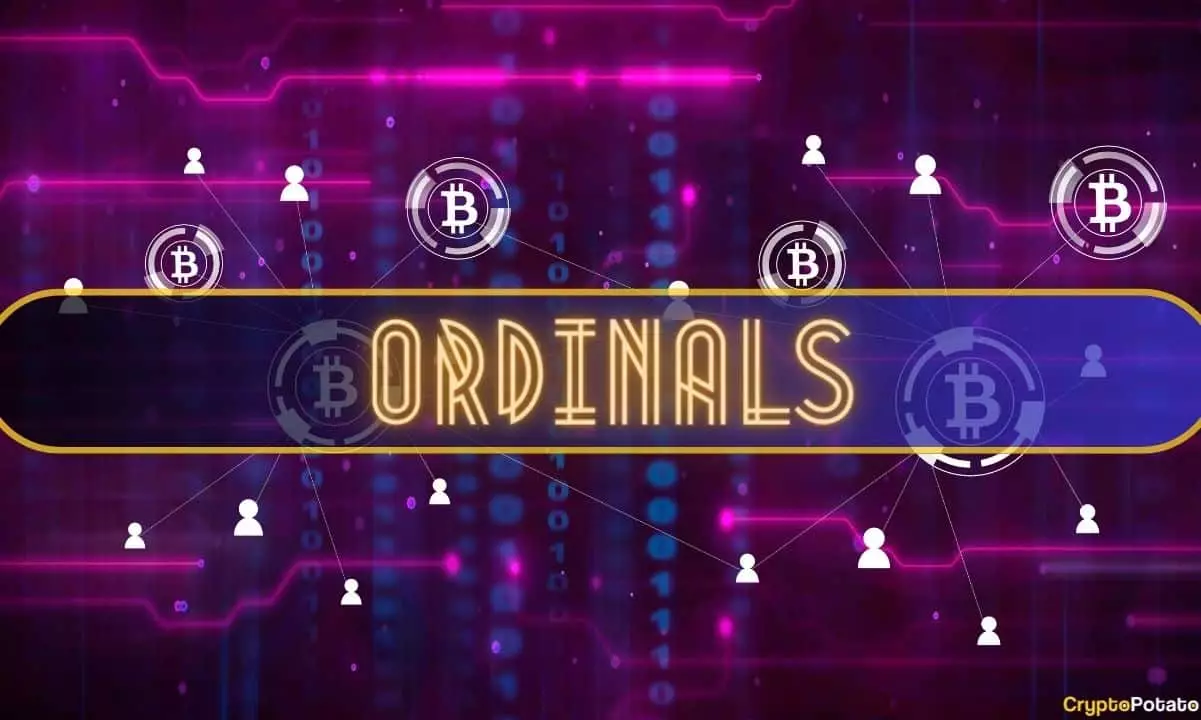In a recent announcement by the National Vulnerability Database (NVD), a critical vulnerability in Bitcoin’s inscriptions has been identified, posing potential risks to the Ordinals Protocol developed in 2022. This vulnerability has raised concerns within the cybersecurity community, as it allows data to be disguised as code in specific versions of Bitcoin Core and Bitcoin Knots. This article aims to analyze the implications of this vulnerability on the network’s performance and fees, as well as its potential impact on Ordinals and BRC-20 tokens.
The Significance of Inscriptions
Bitcoin inscriptions, which involve adding additional data onto a satoshi, have become a popular feature of the Ordinals Protocol since late 2022. This innovation has revolutionized the digital art scene by enabling the integration of unique artworks into Bitcoin transactions, similar to Ethereum’s nonfungible tokens (NFTs). However, with the recent vulnerability, inscriptions have the potential to exploit a loophole in the Bitcoin network, posing risks to its overall functionality.
The critical vulnerability identified in Bitcoin’s inscriptions could lead to an influx of non-transactional data, potentially clogging the blockchain. This congestion would result in increased network size, adversely affecting its performance and fees. Bitcoin Core developer Luke Dashjr has highlighted this issue, stating that inscriptions exploit the vulnerability to spam the network with irrelevant data. This spamming effect can be likened to being bombarded with daily junk mail, making it challenging to filter through and find important messages from contacts. As a consequence, the overall process of Bitcoin transactions is negatively impacted.
Peter McCormack, a well-known Bitcoin podcaster, has expressed his concerns about Ordinals and their contribution to the Bitcoin network. McCormack argues that Ordinals, with their increasing volume of transactions, further congest the network, exacerbating the already high fees. This viewpoint suggests that the vulnerability in Bitcoin’s inscriptions could significantly worsen network performance and make it less accessible for users.
When questioned about the potential outcome of fixing the identified vulnerability, Dashjr indicated that it might lead to the cessation of Ordinals and BRC-20 tokens. This fix would aim to prevent further exploitation of the vulnerability and ensure the network’s stability and security. However, it is important to note that existing inscriptions would remain unchanged due to the immutable nature of the Bitcoin network.
The critical vulnerability in Bitcoin inscriptions poses significant risks to the network’s performance and fees. With the potential for non-transactional data to congest the blockchain, the smooth operation of Bitcoin transactions could be compromised. Furthermore, the popularity of Ordinals and their integration of unique artworks into the digital art scene could be at stake if this vulnerability is not addressed. It is crucial for developers and the Bitcoin community to take proactive measures to fix the vulnerability and ensure the network’s security and efficiency moving forward.


Leave a Reply